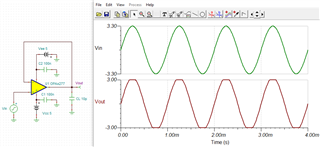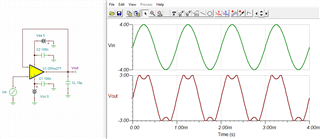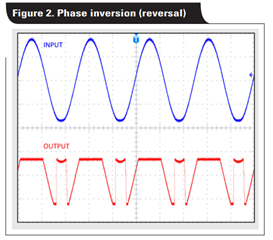Other Parts Discussed in Thread: OPA277
Hi,
The description section on the first page of the OPA2277 data sheet has the following description.
------------------------------------
OPA277 operational amplifiers are easy to use and free from phase inversion and the overload problems found in some other operational amplifiers.
They are stable in unity gain and provide excellent dynamic behavior over a wide range of load conditions.
------------------------------------
I understand that this statement guarantees no phase reversal when used in unity gain (voltage follower), is that correct?
Or does it guarantee that the op amp output phase inversion and saturation will not occur when an input voltage exceeding the common mode input voltage range is applied?
Thanks,
Eevee




